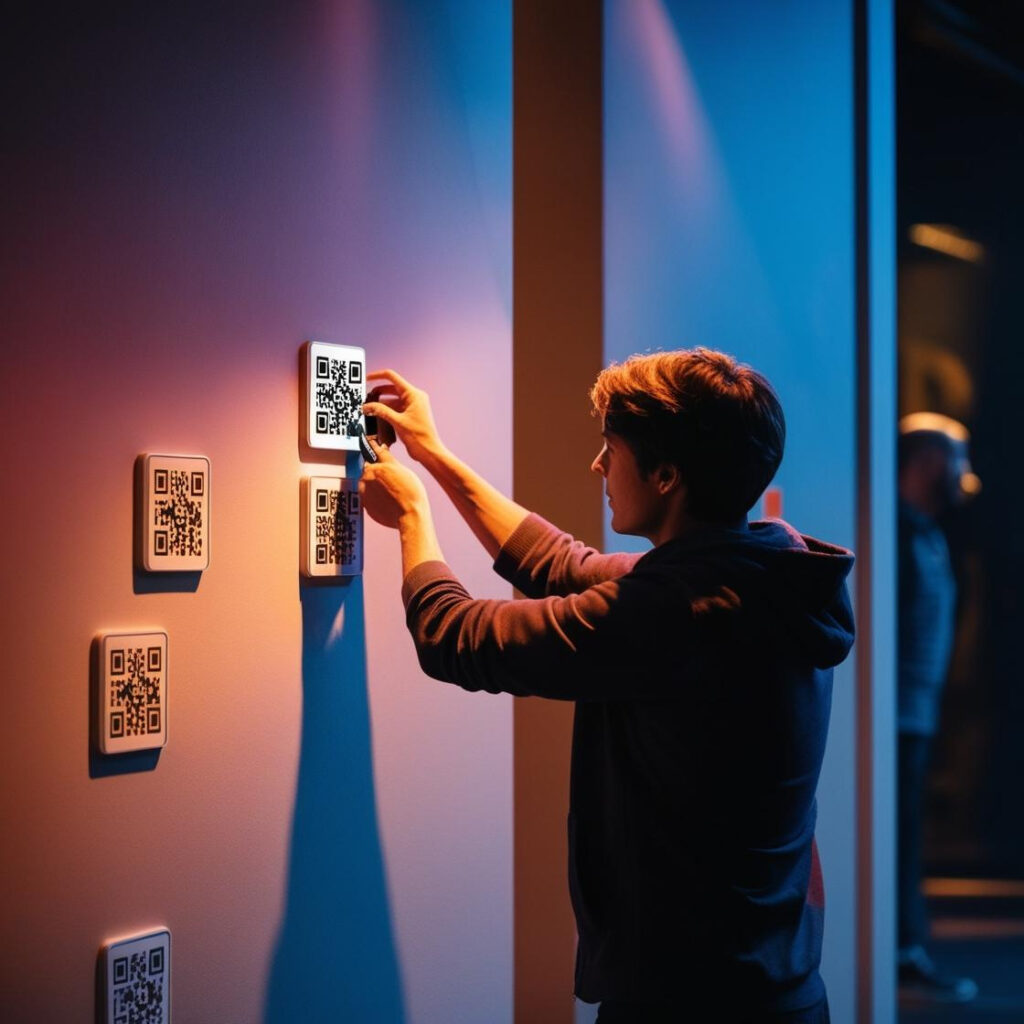QR Code Phishing: A New Digital Threat
QR codes have become ubiquitous, seamlessly integrating into our daily lives. From accessing restaurant menus to purchasing event tickets, these square barcodes offer a quick and convenient way to obtain information. However, the surge in QR code usage has also attracted the attention of cyber criminals, who have begun to exploit this popular technology for phishing attacks, creating a significant threat to unsuspecting users.
Understanding QR Code Phishing
QR code phishing, often referred to as “quishing,” represents a sophisticated evolution in cyber deception. This technique involves embedding malicious URLs within QR codes, which, when scanned, redirect users to fraudulent websites designed to capture sensitive personal information such as passwords, financial details, and other critical data. Unlike traditional phishing methods—such as deceptive emails or text messages—QR code phishing leverages the inherent trust and convenience associated with scanning QR codes.
How QR Code Phishing Operates
-
Creation of Malicious QR Codes: Cyber criminals utilise readily available online tools to generate QR codes that link to phishing sites. This process is alarmingly simple, allowing attackers to create QR codes that appear legitimate but lead to malicious websites.
-
Strategic Distribution: These compromised QR codes are strategically placed in high-traffic areas or disseminated through various digital channels. They can be found on posters, flyers, or even circulated via email and social media platforms. By positioning these QR codes in locations where people expect to find useful information, attackers increase the likelihood that unsuspecting users will scan them.
-
Deceptive Redirection: Unsuspecting users who scan the malicious QR codes are redirected to fake websites that closely resemble legitimate ones. Here, they may be prompted to enter personal information, which is then harvested by the attackers. These fake websites are often designed to look identical to real ones, making it difficult for users to distinguish between the two.
Real-World Examples
The dangers of QR code phishing have become increasingly evident through several alarming incidents. During the COVID-19 pandemic, for example, counterfeit QR codes were plastered on posters advertising vaccination locations. Individuals who scanned these codes unwittingly connected to fraudulent websites that collected their personal data. This not only compromised their personal information but also created confusion and mistrust around legitimate vaccination efforts.
In another notable case, cyber criminals targeted parking meters across major cities, placing deceitful QR codes on them. Motorists attempting to scan the codes for parking payments were redirected to phishing sites, where their payment information was captured. This type of attack not only led to financial losses for the victims but also disrupted the normal functioning of parking services.
The Broader Impact on Businesses
The impact of QR code phishing extends beyond individual victims. Businesses and organisations can also suffer significant consequences. When customers fall victim to these attacks, it can damage the reputation of the business associated with the QR code, even if they were not directly involved in the phishing scheme. This can lead to a loss of trust and credibility, which can be difficult to rebuild.
Moreover, the financial implications of QR code phishing can be substantial. Victims may suffer direct financial losses if their payment information is stolen, and businesses may face costs associated with mitigating the effects of the attack, such as providing credit monitoring services to affected customers or investing in additional security measures.
Proactive Measures for Protection
To safeguard against QR code phishing, it is crucial to adopt a proactive approach. Here are some strategies to consider:
-
Verify the Source: Always verify the source of a QR code before scanning it. If you are unsure about its legitimacy, do not scan it.
-
Use Secure QR Code Scanners: Utilise QR code scanners that include security features, such as checking the URL before opening it. This can help you avoid malicious websites.
-
Educate and Train: Educate your employees and customers about the risks of QR code phishing and how to recognise suspicious codes. Awareness is a key component of prevention.
-
Regular Security Updates: Regularly update your security protocols to address new threats. This includes keeping your software and systems up to date to protect against vulnerabilities.
How Lugo Can Help You Stay Safe
At Lugo, we understand the evolving landscape of digital threats and are committed to keeping you safe. Here’s how we can help:
-
Security Awareness Training: We provide comprehensive training to help you and your team recognise and avoid phishing attempts. Our training programs are designed to educate users on the latest phishing tactics.
- Advanced Threat Detection:Our cutting-edge security solutions can detect and block malicious activity before they pose a risk to your organisation. We use advanced algorithms and machine learning to identify and neutralise threats in real-time.
- Technology Alignment Service: We analyse your environment to identify vulnerabilities in your systems and implement measures to mitigate them.
- Customised Security Solutions: We tailor our security services to meet the specific needs of your business, ensuring robust protection against all types of cyber threats. Whether you need basic security or broader cybersecurity measures, we have the expertise to help.
Conclusion
While QR codes offer convenience, they also present new opportunities for cyber criminals. By staying vigilant and adopting good security practices, you can protect yourself from QR code phishing attacks. Remember, if something seems too good to be true, it probably is. Always think twice before scanning that code.
With Lugo by your side, you can navigate the digital world with confidence, knowing that your security is our top priority. Stay safe and secure with Lugo.






